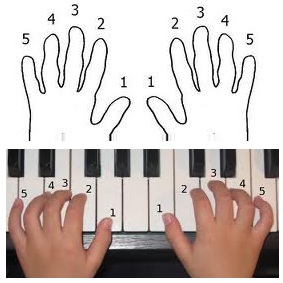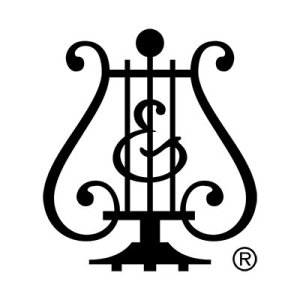Tagged: UCLA
The Liszt Academy in Budapest, Hungary

Liszt Academy
Image: lfze.hu
A concert pianist who has traveled throughout the world, Tunde Krasznai attended UCLA on a Fulbright Scholarship. There, she pursued studies in music performance and music therapy. During her time at UCLA, Tunde Krasznai also worked as a teaching associate in classes covering music, the arts, and architecture. Prior to her time at UCLA, Ms. Krasznai studied at the Liszt Academy in Budapest, Hungary.
The Liszt Academy was founded by Franz Liszt in 1875. The piano virtuoso is well known for also having been a talented composer, conductor, author, teacher, and philanthropist. The institution continues to adhere to Liszt’s belief that gifted musicians should use those gifts for the benefit of humanity. In an effort to nurture genuine talent, world-renowned musicians such as Zoltan Kodaly, Bela Bartok, and Zoltan Kocsis were invited to teach at the academy. More than 140 years later, students at the Liszt Academy continue to be taught with a unique Hungarian style that prizes individualized, one-on-one instruction. Degrees are offered in all classical instruments, singing and opera, jazz, folk music, conducting, and composition.
Located in beautiful, ancient Budapest, much of the school is housed in a stunning example of art nouveau architecture built at the turn of the century. The building recently underwent an extensive renovation, which prepared it to host a large number of the school’s performances.
The Importance of Proper Fingering When First Learning Piano

Proper Fingering
Image: keytarhq.com
An accomplished pianist, Tunde Krasznai holds a master’s degree in piano performance and teaching from the Liszt Academy Budapest. Tunde Krasznai also studied at UCLA, where she earned a second master’s degree as a Fulbright scholar.
When first starting to learn piano, it is critical for students to focus on proper fingering. When beginning students simply focus on the fingerings that seem most obvious, they often begin to develop bad habits.
The most obvious fingerings for a given piece are not necessarily the most efficient ones. When students do not think critically about how to finger a piece, they may find that their habits prevent them from playing the song at the proper tempo. Once a student learns a song with one fingering, it is very difficult to relearn it with another.
In general, fingerings should allow for the fewest hand jumps or changes in position possible. When first starting, it can be helpful to ask instructors to provide fingering annotations or to follow close-up videos of professionals to see how they play the notes. Once students have enough experience, they can begin to annotate their own music with the fingerings they devise.
Interesting Facts About Steinway and Sons’ Pianos

Steinway and Sons
Image: steinway.com
Since 2015, Tunde Krasznai, a UCLA graduate and Fulbright Scholar, has directed the Prodigy Pianist music school in Germany, where she teaches classical piano to her students. In addition, Tunde Krasznai is a Steinway Artist.
Founded in 1853, Steinway and Sons is one of the leading manufacturers of pianos. Henry Engelhard Steinway built the first model in Manhattan, New York. Subsequently, he and his sons designed the instrument that is favored in concert halls today. Here are some interesting facts about Steinway pianos.
1. The first Steinway piano is now on display at New York City’s Metropolitan Museum of Art.
2. Out of all concertizing pianists, roughly 98 percent prefer to play on a Steinway.
3. Sergei Rachmaninoff, a celebrated Russian composer and pianist, viewed Steinways as “perfect in every way.”
4. In 1877, Ohio’s Oberlin Conservatory of Music became the first school to exclusively use Steinway pianos. Yale and Juilliard followed suit.
5. The Steinway grand piano is made up of 12,116 separate parts. The Concert Grand piano (Model D) can weigh up to 990 pounds.